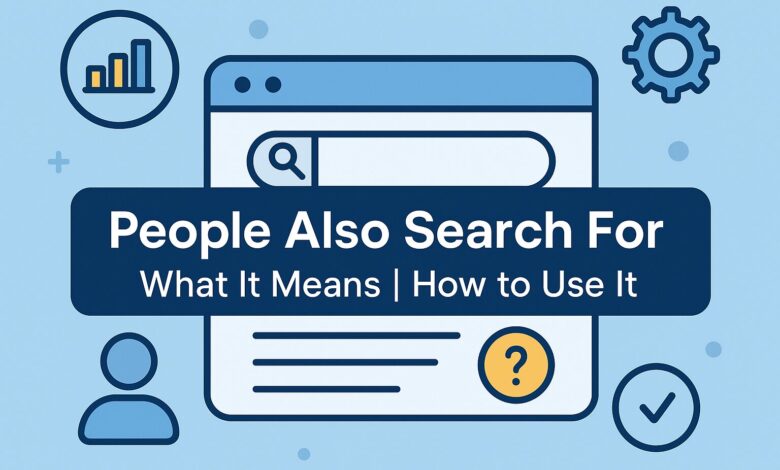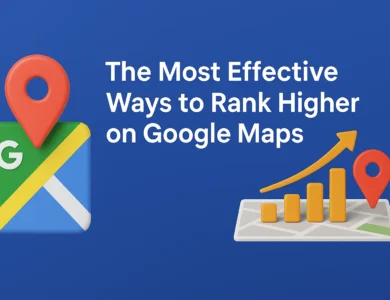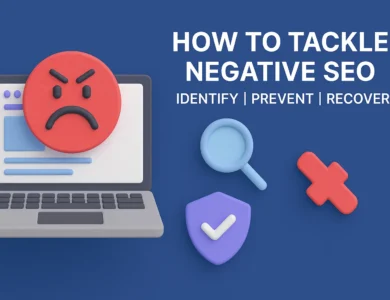
What Is “People Also Search For” (PASF)?
“People Also Search For” is a feature found on Google SERPs. It appears when someone clicks a result, then returns quickly. The feature then shows related terms others searched for afterward.
It helps users refine or expand their original search without typing more. This tool gives extra value by guiding users to similar content. It also helps search engines understand what users might want next.
The feature is often displayed under the clicked result in Google. It’s especially common when people search for names, events, or topics. For example, searching a movie star might trigger searches for their films.
These related terms change often based on new searches or trends. The PASF box is dynamic, not fixed, and depends on user data.
That means it updates constantly to reflect current interests and topics. It’s one way Google makes searching more intelligent and helpful today.
How Does PASF Work?
PASF suggestions are based on what others have searched recently. When many people search similar terms, Google adds those connections. If people search for “iPhone 15,” they may also search “Samsung S24.”
So, Google might display that in the PASF section automatically. The data comes from billions of searches and behavior patterns online. It uses machine learning and natural language processing to find links.
When one result doesn’t meet a user’s need, PASF steps in. It gently nudges the person to try something related and useful. This helps both users and websites connect better through refined queries.
PASF appears mostly on mobile and desktop versions of Google search. Its goal is to make users stay on the platform longer. That’s also good for advertisers and content creators targeting keywords.
Why Is PASF Important in SEO?
For marketers and SEOs, PASF shows hidden keyword opportunities. These related queries are often long-tail and easier to rank for. Instead of focusing only on broad keywords, PASF gives context.

For example, if you target “digital marketing,” PASF shows deeper terms. You might see “social media strategy” or “email marketing tools” appear. This can spark new blog ideas, headings, or FAQ content naturally.
It’s also useful for understanding your audience’s next possible question. When you answer related queries, you improve your SEO authority. Google rewards helpful content that covers topics in depth and detail.
Adding PASF terms builds relevance, which boosts rankings over time. It’s not just about keywords, but also about user satisfaction. PASF helps you align your content with what users truly need.
How PASF Shapes Search Behavior?
PASF can influence what users do after an initial search. It shows that a single search can lead to many directions. If someone searches for “Tesla cars,” they may explore “Elon Musk.”
This turns one visit into multiple search sessions through curiosity. PASF encourages deeper exploration of topics users didn’t consider before. It helps users learn faster and discover connected ideas smoothly.
For students or researchers, it’s a helpful educational discovery tool. PASF often reveals new angles or terms they hadn’t thought of. This builds a habit of digging deeper and refining search habits.
Over time, this leads to smarter, more targeted search behavior. People find what they need faster and avoid wasting time online. Google, in turn, improves its algorithm based on these new behaviors.
How to Use PASF for Keyword Research?
Start by entering your main keyword in Google Search. Click one result and then return to the results page again. You’ll see the PASF box under the result you visited briefly. Note the queries shown in that box and list them all.

These are terms people also search for around your topic. Each one is a potential blog post, heading, or content idea. Repeat the process for each new keyword from the list. This builds a large group of related keywords from real users.
Use tools like SEMrush or Ahrefs to analyze search volume. Also check difficulty scores to find easy-to-rank PASF terms. Use these keywords to create fresh and engaging content regularly. Make sure your content answers each PASF keyword clearly and simply.
Optimizing Content for PASF
Use PASF phrases as headings, FAQs, or subtopics in content. Make sure each keyword fits naturally and adds value to readers.
Don’t force it, quality and clarity matter more than keyword stuffing. Write short, clear sentences that match what users ask in searches. Answer the question directly, then add useful context afterward.
You can also structure content to include schema and FAQ markup. This helps Google show your answers in featured snippets or PASF. Keep updating content as PASF suggestions evolve over time. Monitor traffic and search terms using Google Search Console.
See which PASF keywords bring traffic and improve those pages. Refresh old posts with new PASF terms to stay relevant. This keeps your content aligned with current user interest and intent.
Tracking Performance of PASF Keywords
Use Google Analytics and Search Console for keyword tracking. These tools show which queries bring users to your site. Create segments or filters to separate PASF keyword traffic.
This lets you measure the true value of PASF-based content. Track how long users stay on pages linked to those terms. See bounce rates, conversion actions, or clicks from internal links.
Compare PASF keyword traffic with your regular keyword strategy. This gives you insights into user intent and content performance. Use that data to refine and expand your keyword planning.
Continue testing and updating content based on the trends you see.
What We Understood?
PASF is more than just a feature it’s a search behavior signal. It helps content creators understand real questions users are asking now.
By optimizing content around these search paths, you meet user needs better. It leads to more traffic, better rankings, and stronger engagement online. Use PASF not only for SEO, but also for content strategy.
Let it inspire new blog posts, YouTube topics, or landing pages. Keep tracking PASF trends and refining your keywords regularly. If done well, PASF can become a key part of your growth.
It’s one of the most natural ways to improve visibility today.
People Also Search For FAQs
What is PASF in Google search?
PASF shows related searches after you return from a search result.
When does PASF appear on Google?
It appears when you click a result and go back quickly.
Why is PASF useful for users?
It helps people find related topics without typing again.
Can PASF help with keyword research?
Yes, it gives real user queries you can target in content.
Is PASF good for SEO?
Yes, using PASF terms can improve search visibility and ranking.
Where do PASF suggestions come from?
They come from what many people search for after similar terms.
Can PASF help create new content ideas?
Yes, it shows related questions you can turn into blog posts.
Does PASF change over time?
Yes, PASF updates based on user behavior and trending topics.
How can I find PASF terms myself?
Search on Google, click a result, return, and check suggestions.
Can PASF improve my website traffic?
Yes, targeting PASF keywords can bring more visitors to your site.








Hi mates, its impressive paragraph about teachingand completely explained, keep it up all the time.
Great insights on the “People Also Search For” feature! I appreciate how you explained how to use it strategically for SEO. This is a simple yet powerful way to improve content relevance and visibility.